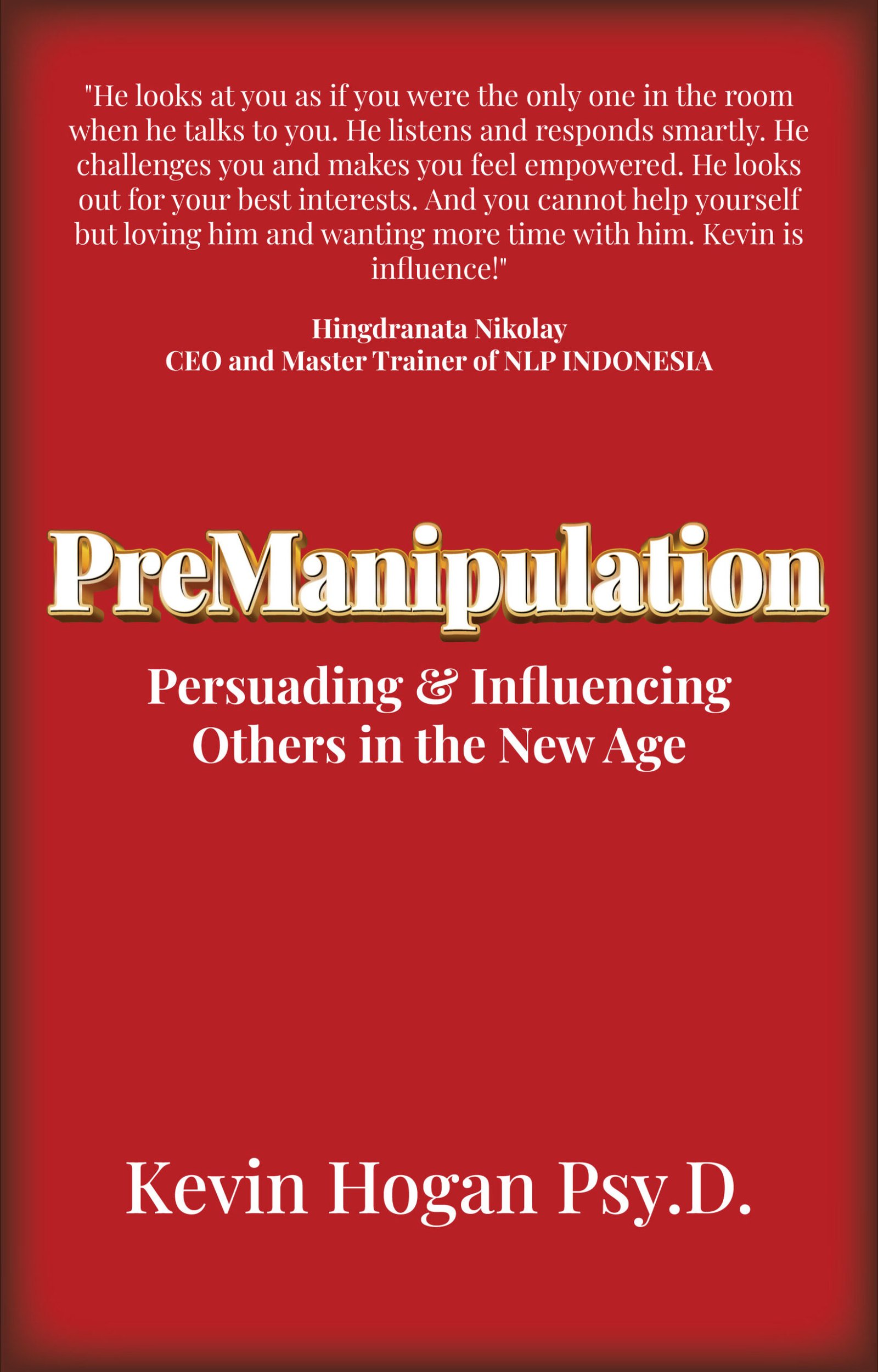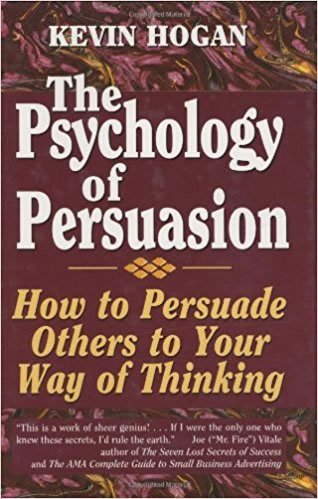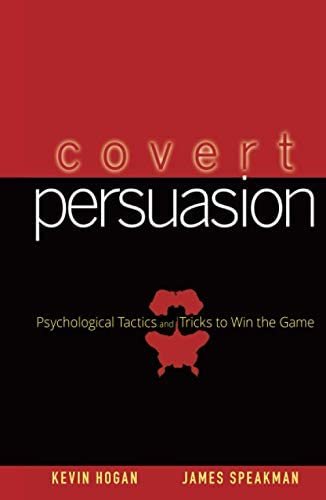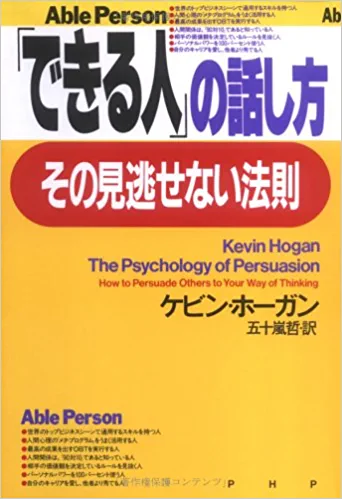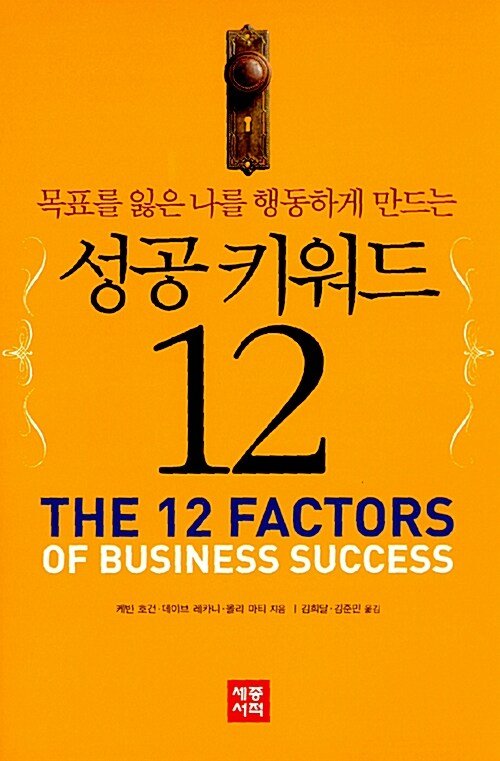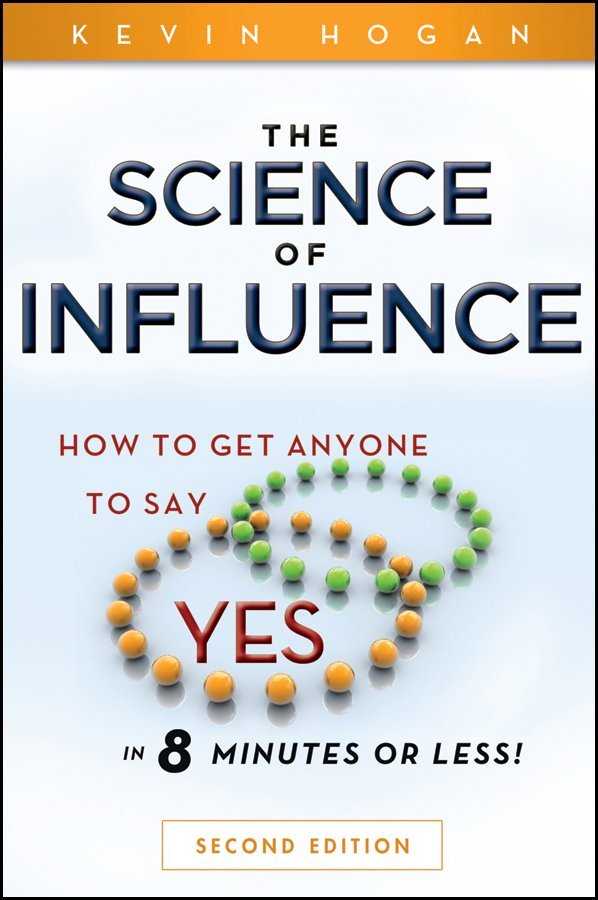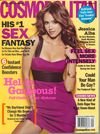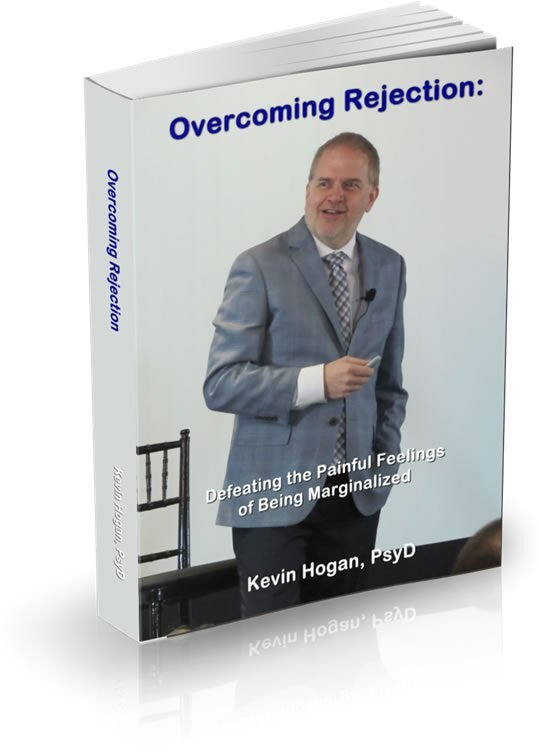 Color changes how you feel…about everything.
Color changes how you feel…about everything.
It changes how you process information.
Color…colors your perceptions of people, places, things…the world.
Every color has characteristics that change within contexts.
The Power of Color
What would happen if you knew the color that could change people’s mind from “no” to “yes” or from not guilty to guilty?
One color persuades and influences like no other color.
But will that color also influence someone to find youmore attractive if you are wearing it?
Does Color Have Gender?
What if you are male vs. female? How would that affect perceptions of attractiveness and color?
And what if you were going to take an exam for something important? What color would you want to have in front of you and what color you would want to throw from the room if you wanted to do well?
Color and the Other Senses
Finally, can color affect something as simple and basic as what something tastes like?
Ah…and the exceptions…when does color become problematic and “send a message” you may not be aware of?
Put it in Context
Understanding the CONTEXT is often much more important than any words you can say.
I had a genial email conversation last week with a student of the “Pick Up Art” and he was convinced it was the words that mattered as to whether the girl would say “yes” or “no.”
This is not the case.
Words matter. But…what really matters more?
Everything else…including the color of his shirt…
Context…and in this case, color CHANGES EVERYTHING.
Knowing how to take advantage of color, in specific situations will determine whether they buy, they donate, they say “yes” to you or determine how you will perform.
Your environment programs you and everyone else around you. The person who understands HOW and WHY is the person who controls the situation.
Red Means….
 Almost universally, red means stop. Red means danger. Red means hot. And analyzing the results in the 2004 Olympics, researchers have found that red also means dominance. Athletes wearing red prevailed more often than those wearing blue, especially in hand-to-hand sports like wrestling.
Almost universally, red means stop. Red means danger. Red means hot. And analyzing the results in the 2004 Olympics, researchers have found that red also means dominance. Athletes wearing red prevailed more often than those wearing blue, especially in hand-to-hand sports like wrestling.
Why? Is it random? Is it cultural? Or does it have evolutionary roots?
Evolution of Color
Let’s check out that evolutionary piece…
A new study of male rhesus macaques strongly suggests it’s evolution. “The similarity of our results with those in humans suggests that avoiding red or acting submissively in its presence may stem from an inherited psychological predisposition,” says Dartmouth College neuroscientist Jerald D. Kralik, who collaborated on the study with his research assistants Sara A. Khan and William J. Levine, and anthropologist Seth D. Dobson, also at Dartmouth.
Their findings will be published in an upcoming issue of Psychological Science, a journal of the Association for Psychological Science.
The study involved male rhesus macaques – a species of Old World monkeys that is sensitive to red, green, and blue – ranging freely in Cayo Santiago, Puerto Rico.
Two human experimenters, one male and one female, entered the monkeys’ colony and found isolated males to test. Both people knelt down, placed a Styrofoam tray in front of them, drew an apple slice from their backpacks, held the slice at chest level for the monkey to see, then placed the apple on the trays. Both stood up simultaneously and took two steps back.
The monkey typically went directly to the slice he wanted, ran off, and ate it.
 The humans wore T-shirts and caps, whose colors – red, green, and blue – were changed in each of four conditions: red on female, green on male; then vice-versa; red versus blue; blue versus green.
The humans wore T-shirts and caps, whose colors – red, green, and blue – were changed in each of four conditions: red on female, green on male; then vice-versa; red versus blue; blue versus green.
The results were striking. The monkeys paid no mind to the sex of the experimenter. Green or blue made little difference to them either. But in the significant majority of cases, they steered clear of the red-clad humans and stole the food from the other tray.
The researchers believe that this aversion to red reflects an evolutionary adaptation. It is no accident, then, that humans know that red can mean “no!”
(Except when it doesn’t…we’ll come to that later in the article.)
“We – primates and then humans – are very visual,” Kralik explains.
Color and the Social Animal
“We are also very social.” In both realms, color has important effects, from telling us which food is edible to helping us gauge the emotions of others by the relative redness of their skin. Put the two together, he says, “and we start to see that color may have a deeper and wider-ranging influence on us than we have previously thought.”
While we learn what those influences are, the researchers warn the organizers of competitive activities, such as sporting events and even academic exams, to avoid using color “in ways that may unfairly influence people,” says Kralik. What they don’t say: If you want to scare the pants off your rival, wear bright red.
[For more information about this study, please contact: Jerald D. Kralik at Jerald.D.Kralik AT Dartmouth DOT edu. For a copy of the article “Red Signals Dominance in Male Rhesus Macaques” and access to other Psychological Science research findings, please contact Divya Menon at dmenon AT psychologicalscience DOT org.]
KEYPOINT: The monkeys won’t approach food from the tray brought in by people in red.

Lady in Red
Monkeys may not want to go near food from someone in red, but something incredibly mystical happens when a woman puts on the color red.
Through five psychological experiments, Andrew Elliot, professor of psychology, and Daniela Niesta, post-doctoral researcher, demonstrate that the color red makes men feel more amorous toward women. And men are unaware of the role the color plays in their attraction.
The research provides the first empirical support for society’s enduring love affair with red. From the red ochre used in ancient rituals to today’s red-light districts and red hearts on Valentine’s Day, the rosy hue has been tied to carnal passions and romantic love across cultures and millennia. But this study, said Elliot, is the only work to scientifically document the effects of color on behavior in the context of relationships.
The Psychology of Color
“It’s only recently that psychologists and researchers in other disciplines have been looking closely and systematically at the relationship between color and behavior. Much is known about color physics and color physiology, but very little about color psychology,” said Elliot. “It’s fascinating to find that something as ubiquitous as color can be having an effect on our behavior without our awareness.”
Although this aphrodisiacal effect of red may be a product of societal conditioning alone, the authors argue that men’s response to red more likely stems from deeper biological roots. Research has shown that nonhuman male primates are particularly attracted to females displaying red. Female baboons and chimpanzees, for example, redden conspicuously when nearing ovulation, sending a clear sexual signal designed to attract males.
“Our research demonstrates a parallel in the way that human and nonhuman male primates respond to red,” concluded the authors. “In doing so, our findings confirm what many women have long suspected and claimed – that men act like animals in the sexual realm. As much as men might like to think that they respond to women in a thoughtful, sophisticated manner, it appears that at least to some degree, their preferences and predilections are, in a word, primitive.”
To quantify the red effect, the study looked at men’s responses to photographs of women under a variety of color presentations. In one experiment, test subjects looked at a woman’s photo framed by a border of either red or white and answered a series of questions, such as: “How pretty do you think this person is?” Other experiments contrasted red with gray, green, or blue.
When using chromatic colors like green and blue, the colors were precisely equated in saturation and brightness levels, explained Niesta. “That way the test results could not be attributed to differences other than hue.”
In the final study, the shirt of the woman in the photograph, instead of the background, was digitally colored red or blue. In this experiment, men were queried not only about their attraction to the woman, but their intentions regarding dating.
One question asked: “Imagine that you are going on a date with this person and have $100 in your wallet. How much money would you be willing to spend on your date?”
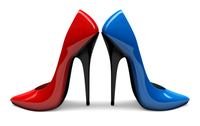 Under all of the conditions, the women shown framed by or wearing red were rated significantly more attractive and sexually desirable by men than the exact same women shown with other colors. When wearing red, the woman was also more likely to score an invitation to the prom and to be treated to a more expensive outing.
Under all of the conditions, the women shown framed by or wearing red were rated significantly more attractive and sexually desirable by men than the exact same women shown with other colors. When wearing red, the woman was also more likely to score an invitation to the prom and to be treated to a more expensive outing.
Women Seeing Red
Red did not increase attractiveness ratings for females rating other females and red did not change how men rated the women in the photographs in terms of likability, intelligence or kindness.
Although red enhances positive feelings in this study, earlier research suggests the meaning of a color depends on its context. For example, Elliot and others have shown that seeing red in competition situations, such as written examinations or sporting events, leads to worse performance.
The current findings have clear implications for the dating game, the fashion industry, product design and marketing.
[To view the full text of the paper, visit the Journal of Personality and Social Psychology Web site at: http://www.apa.org/journals/psp/. Contact: Susan Hagen susan.hagen AT rochester DOT edu]
And women?
Red: The Universal Aphrodisiac?
To this point we know the monkey will not approach the food brought in by the individual wearing red. We know that monkeys are attracted to other monkeys displaying red. We know that men are attracted to women in red.
What about women? Are they attracted to men wearing red (across cultures)?!
For that answer we turn to The Journal of Experimental Psychology.
 Simply wearing the color red or being bordered by the rosy hue makes a man more attractive and sexually desirable to women, according to a series of studies by researchers at the University of Rochester and other institutions. And women are unaware of this arousing effect.
Simply wearing the color red or being bordered by the rosy hue makes a man more attractive and sexually desirable to women, according to a series of studies by researchers at the University of Rochester and other institutions. And women are unaware of this arousing effect.
The cherry color’s charm ultimately lies in its ability to make men appear more powerful, says lead author Andrew Elliot, professor of psychology at the University of Rochester. “We found that women view men in red as higher in status, more likely to make money and more likely to climb the social ladder. And it’s this high-status judgment that leads to the attraction,” Elliot says.
Red Signals Rank
Why does red signal rank? The authors see both culture and biology at work. In human societies across the globe, red traditionally has been part of the regalia of the rich and powerful.
Ancient China, Japan and sub-Saharan Africa all used the vibrant tint to convey prosperity and elevated status, and Ancient Rome’s most powerful citizens were literally called “the ones who wear red.” Even today, the authors note, businessmen wear a red tie to indicate confidence, and celebrities and dignitaries are feted by “rolling out the red carpet.”
Along with this learned association between red and status, the authors point to the biological roots of human behavior. In non-human primates, like mandrills and gelada baboons, red is an indicator of male dominance and is expressed most intensely in alpha males. Females of these species mate more often with alpha males, who in turn provide protection and resources.
“You’re Acting Like an Animal!”
“When women see red it triggers something deep and probably biologically engrained,” explains Elliot. “We say in our culture that men act like animals in the sexual realm. It looks like women may be acting like animals as well in the same sort of way.”
To quantify the red effect, the paper analyzed responses from 288 female and 25 male undergraduates to photographs of men in seven different experiments. Participants were all self-identified as heterosexual or bisexual. In one color presentation, participants looked at a man’s photo framed by a border of either red or white and answered a series of questions, such as: “How attractive do you think this person is?”
Other experiments contrasted red with gray, green, or blue. Colors were precisely equated in lightness and intensity so that test results could not be attributed to differences other than hue.
In several experiments, the shirt of the man in the photographs was digitally colored either red or another color. Participants rated the pictured man’s status and attractiveness, and reported on their willingness to date, kiss, and engage in other sexual activity with the person. They also rated the man’s general likability, kindness, and extraversion.
The researchers found that the red effect was limited to status and romance: red made the man seem more powerful, attractive, and sexually desirable, but did not make the man seem more likable, kind, or sociable. The effect was consistent across cultures: undergraduates in the United States, England, Germany, and China all found men more attractive when wearing or bordered by red.
Men: Rose Colored Glasses?
And the effect was limited to women. When males were asked to rate the attractiveness of a pictured male, color made no difference in their responses.
Across all the studies, the influence of color was totally under the radar. “We typically think of color in terms of beauty and aesthetics,” say Elliot. “But color carries meaning as well and affects our perception and behavior in important ways without our awareness.”
In earlier work, Elliot documented that men are more attracted to women in red. But the red effect depends on the context. Elliot and others, as stated, have also shown that seeing red in competitive situations, such as IQ tests or sporting events, leads to worse performance.
[The paper was coauthored by Daniela Niesta Kayer, University of Rochester; Tobias Greitemeyer, University of Innsbruck; Stephanie Lichtenfeld, University of Munich; Richard H. Gramzow, University of Southampton; Markus A. Maier, University of Munich; and Huijun Liu, Tainjin Medical University. The research was funded by the Alexander von Humboldt Foundation and an Excellence Guest Professorship at the University of Munich. Contact: Susan Hagen susan.hagen AT rochester DOT edu]
Students?
Color and Functioning Ability
The monkeys won’t approach the food brought by men and women in red.
Monkeys, men AND women are attracted to opposite sex…same species… wearing/displaying red. Viewing red while in a competitive situation can reduce your chances of success.
What about testing? Exams?
The color red can affect how people function: Red means danger and commands us to stop in traffic. Researchers at the University of Rochester have now found that red also can keep us from performing our best on tests.
 If test takers are aware of even a hint of red, performance on a test will be affected to a significant degree, say researchers at Rochester and the University of Munich. The researchers’ article in the February issue of the Journal of Experimental Psychology: General on the effect of red on intellectual performance reveals that color associations are so strong and embedded so deeply that people are predisposed to certain reactions when they see red.
If test takers are aware of even a hint of red, performance on a test will be affected to a significant degree, say researchers at Rochester and the University of Munich. The researchers’ article in the February issue of the Journal of Experimental Psychology: General on the effect of red on intellectual performance reveals that color associations are so strong and embedded so deeply that people are predisposed to certain reactions when they see red.
Red = Corrections?
Andrew J. Elliot, lead author and professor of psychology at the University of Rochester, and his co-authors found that when people see even a flash of red before being tested, they associate the color with mistakes and failures. In turn, they do poorly on the test. Red, of course, is traditionally associated with marking errors on school papers.
“Color clearly has aesthetic value, but it can also carry specific meaning and convey specific information,” says Elliot. “Our study of avoidance motivation is part and parcel of that.”
Four experiments demonstrated that the brief perception of red prior to an important test–such as an IQ test or a major exam–actually impaired performance. Two further experiments also established the link between red and avoidance motivation when task choice and psychophysiological measures were applied.
The findings show that “care must be taken in how red is used in achievement contexts,” the researchers reported, “and illustrate how color can act as a subtle environmental cue that has important influences on behavior.”
Elliot and his colleagues didn’t use just any color of red. He assessed the colors using guidelines for hue, saturation, and brightness, and purchased a high-quality printer and a spectrophotometer for the research. He was stunned to learn that results from earlier work on color psychology by others didn’t control for saturation and brightness.
The article’s hypothesis is based on the idea that color can evoke motivation and have an effect without the subject being aware of it. “It leads people to do worse without their knowledge,” says Elliot, when it comes to academic achievement. In one of the six tests given, for example, people were allowed a choice of questions to answer. Most of them chose to answer the easiest question, a classic example of how to avoid failure.
The researchers believe that “color carries different meanings in different contexts.”
[Co-authors of the article in the Journal of Experimental Psychology: General, a publication of the American Psychological Association, are Arlen C. Moller and Ron Friedman, graduate students in the Department of Clinical and Social Sciences in Psychology at the University of Rochester, and Markus A. Maier and Jörg Meinhardt at the University of Munich. The work was funded by a grant from the William T. Grant Foundation, and a Friedrich Wilhelm Bassel Award from the Alexander von Humboldt Foundation to Andrew Elliot.]
Background Colors & Lighting Enhance Sense of Taste
So you don’t want red anywhere near you when you are taking a test. That’s better than a good thing to know.
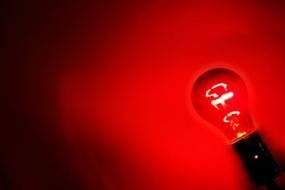 How does color change the taste of something like wine (which isn’t red but is “close” to red!)
How does color change the taste of something like wine (which isn’t red but is “close” to red!)
The background lighting provided in a room has an influence on how we taste wine. This is the result of a survey conducted by researchers at the Institute of Psychology at Johannes Gutenberg University Mainz, Germany. Several sub-surveys were conducted in which about 500 participants were asked how they liked a particular wine and how much they would pay for it.
It was found that the same wine was rated higher when exposed to red or blue ambient light rather than green or white light. The test persons were even willing to spend in excess of one Euro more on a specific bottle of Riesling when it was offered in red instead of green light.
“It is already known that the color of a drink can influence the way we taste it,” says Dr Daniel Oberfeld-Twistel of the General Experimental Psychology division. “We wanted to know whether background lighting, for example in a restaurant, makes a difference as well.” The survey showed, among other things, that the test wine was perceived as being nearly 1.5 times sweeter in red light than in white or green light. Its fruitiness was also most highly rated in red light.
 Accordingly, one conclusion of the study is that the color of ambient lighting can influence how wine tastes, even when there is no direct effect on the color of the drink. “The extreme lighting conditions found in some bars can undoubtedly influence the way a wine tastes,” concludes Oberfeld-Twistel. He also recommends that serious wine tasting should be conducted in a neutral light color environment.
Accordingly, one conclusion of the study is that the color of ambient lighting can influence how wine tastes, even when there is no direct effect on the color of the drink. “The extreme lighting conditions found in some bars can undoubtedly influence the way a wine tastes,” concludes Oberfeld-Twistel. He also recommends that serious wine tasting should be conducted in a neutral light color environment.
Perhaps a partial explanation of why lighting influences the way we taste wine is that in what we perceive to be pleasant lighting conditions, we also regard the wine as being more pleasant too. Additional research is planned to provide further insight into this fascinating phenomenon.
Attend an online e-course with Kevin Hogan!
Learn about Kevin Hogan’s Internet Marketing & Business Building E-Course
Details:
About Internet Marketing & Wealth Building
Apply Now:
![]()

